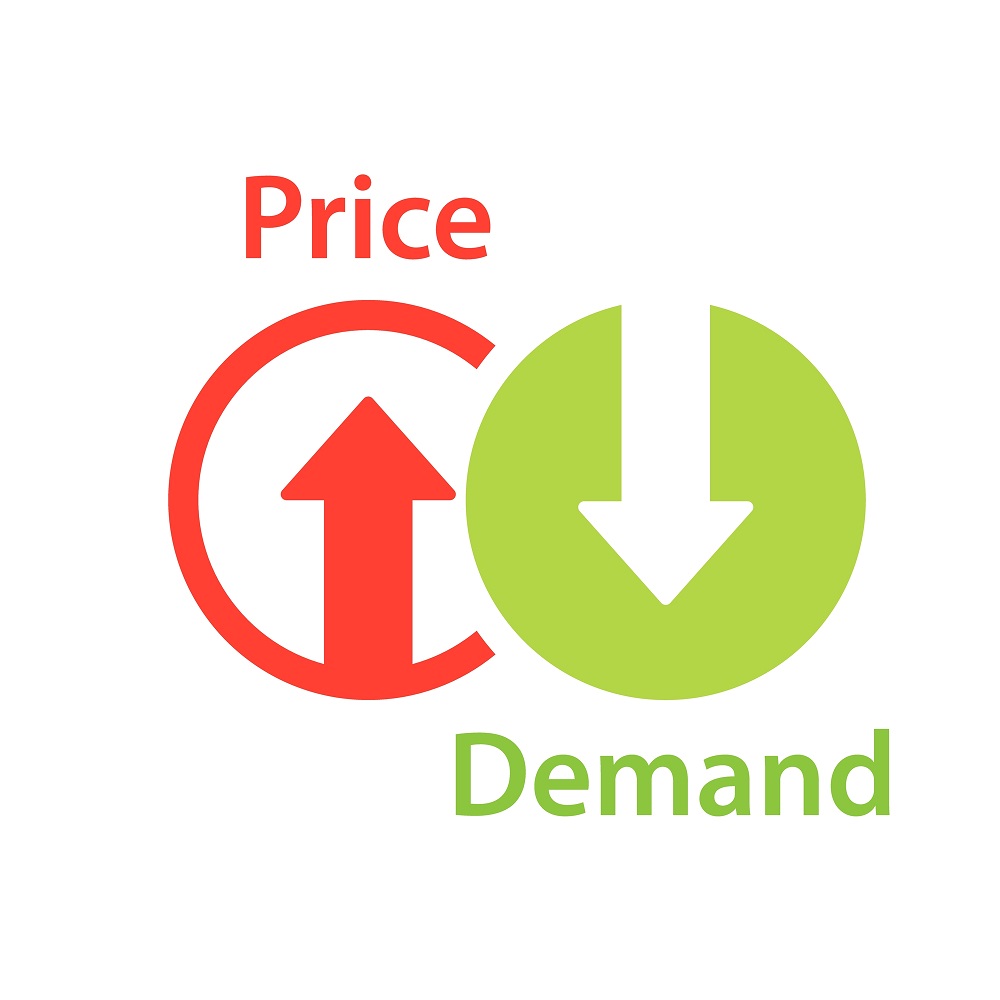
Price is super important for your Amazon products. If your price is too high, you might not make any sales on Amazon. If you price is too low, you might not make any profit. Price elasticity is a basic economic concept that has a lot of meaning for marketers. It measures how a given product will respond to changes in price; some products are very responsive to price changes, while others are not.
Naturally, as the price rises, demand will fall. If the price is dropped, demand will increase. But some types of product only see a small change in demand, while others see a much bigger change. A very price-elastic product is one where a small discount will result in a big jump in demand; a very price-inelastic product is one where demand is hardly affected by the price. For instance, domestic water consumption is usually price-inelastic; we have to drink, wash clothes, shower and brush our teeth, and the price of the water supply doesn’t come into the equation.
Many consumer goods are price-elastic. For instance, if you sell small toys, novelty products, or kitchen consumables, you’ll probably find your product is price-elastic. Moving the price can result in quite large changes in sales. A price-elastic product can really benefit from a discounting or coupon campaign.
Now, an economist can actually produce a price-elasticity ratio which shows exactly how a product will respond to price changes. But you don’t need to do that to have a good idea of how price-elastic your products are.
Generally, a product will tend to be a bit less price-elastic if other factors are relatively more important. For instance:
• safety – in the case of products intended for children;
• high quality – in the case of products intended for professional users or connoisseurs;
• durability – in the case of footwear, for instance, or machinery.
Think about setting up an artisan bakery. When would you trade price for one of these other factors? You would probably be quite aggressive to get the best price on paper bags and packaging, but you would want a durable bread oven that will last you ten or twenty years, and you might pay a bit more for a reputable brand. And you’d probably want high quality ingredients, so while you would shop around for your flour, you wouldn’t necessarily buy the cheapest.
So one way to make your goods less vulnerable to competitors pushing prices down is to play up safety, quality, and durability as factors.
There’s another important reason you should know how price-elastic your products are. If your goods are price-inelastic, you shouldn’t really think about discounting. You will be giving money away, and you won’t get much of a boost in sales. On the other hand, if your goods are price-elastic, offering discounts is a great way to get your inventory moving out the door, and you’ll probably make more money even though you’re selling at a lower price.
Discounting on Vipon could be a smart move for price-elastic products. The more price-elastic the product, the better the return will be. (You might also want to think about focusing your discounts on the time of year they can really grab you seasonal business, such as back-to-school discounts on stationery and backpacks.) And if you use Vipon, you know that you’re accessing a customer base which is very price-focused, too.
By the way, there’s a particularly weird kind of product called a Veblen good. Performance cars, haute couture and multiple Michelin starred restaurants probably fit this description. A Veblen good isn’t just price inelastic, demand will increase if the price goes up, because people think it’s even more important to be seen with this brand!